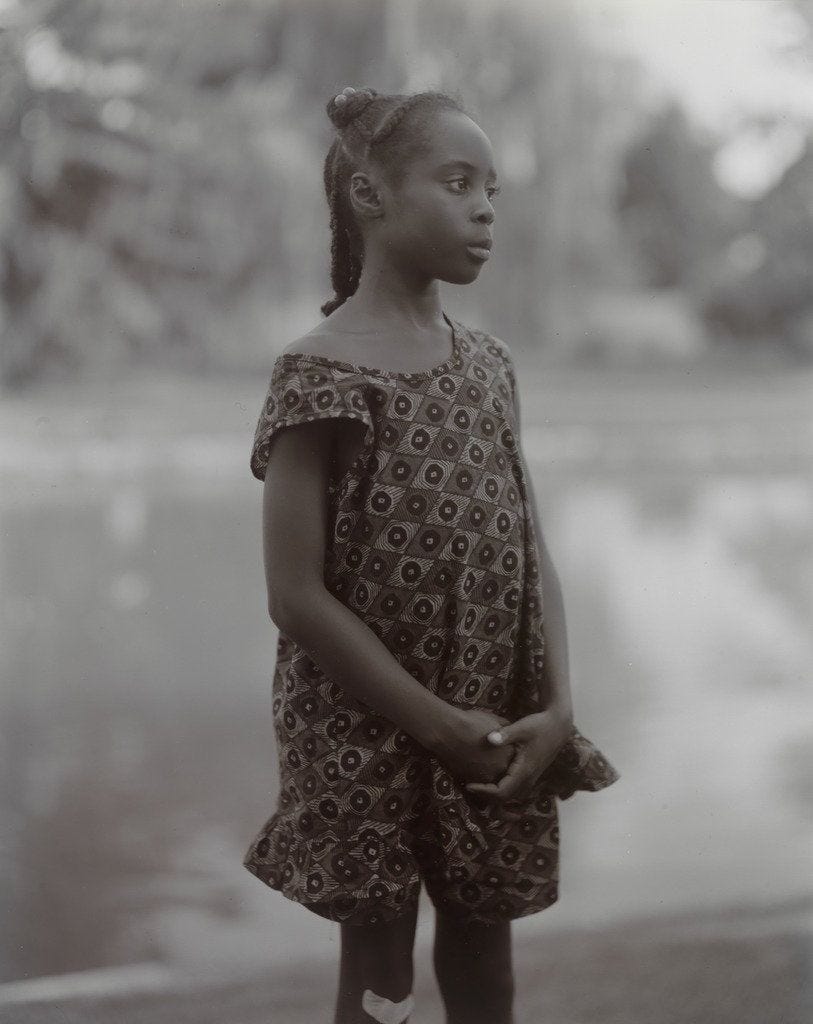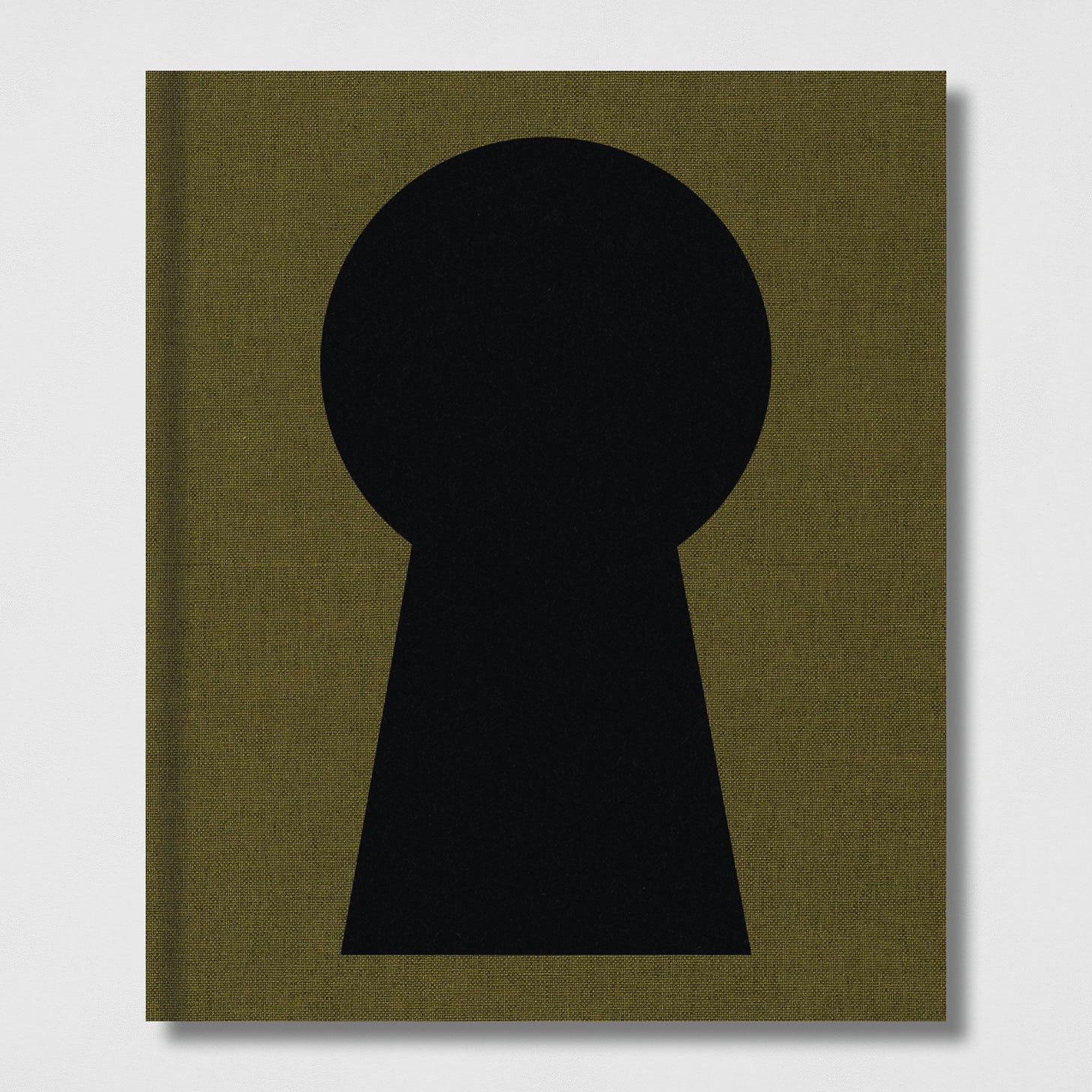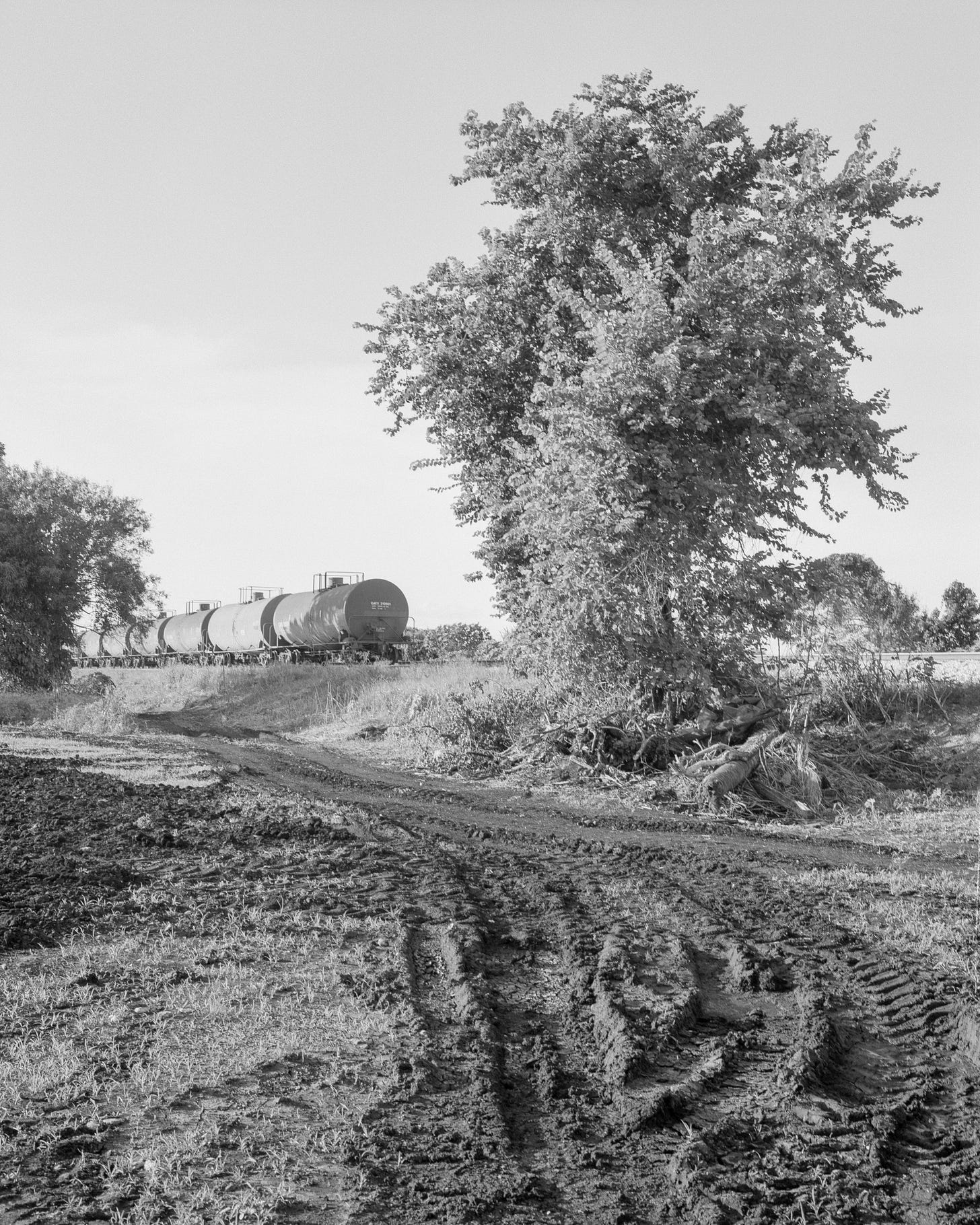2022 has been an incredible year for photobooks.
Below is a personal list of my favorite photobooks this year. Books that made an everlasting impression. My list is a photobook tour de force, and living proof that the photobook scene is alive and kicking. But with so many incredible photobooks being published this year, honestly, it has been no easy task.
I am not able list them all but these are the titles that stayed with me, touched me, burned a hole in my mind and kept me lingering and wanting more. They made a powerful impact, both artistically and personally.
I have divided the list into two parts due to the amount of books.
Wouter Van de Voorde: Death is not here — VOID
Death is not here combines disparate photographs created by artist Wouter Van de Voorde. Against the backdrop of the pandemic, he was about to become a father for the second time. He had been making still lifes with fossils, and in his spare time he had begun digging in the backyard with his son unearthing the grave of a family chicken. Photographs of subsequent excavations, rock sculptures, an eroded gorge and an ongoing preoccupation with ravens are combined to create a new narrative representing everyday encounters between life and death.
The book is punctuated with disquieting and ambiguous photographs of hand dug holes. The original impetus to create a hole was a request from Van de Voorde's son to play real-life Minecraft and so they began digging in the backyard. As the hole grew deeper and wider, Van de Voorde became fascinated with the void and began experimenting with drawing the outlines of the holes with flames. Upon unearthing the grave of a departed chicken, the bones visible, they harvested clay and used to fire small objects, such as a skull pictured in the book. The images of the backyard voids are interspersed with photographs of the artist's son exploring an eroded gorge, which appears like a giant version of their backyard excavations—father and son sharing explorations of what lies beneath.
Van de Voorde's fossil collection, which features in the still lifes in the book, was driven by the excitement of the 'hunt'—hammering large rocks to see what lay inside, buried for millions of years. The artist's fascination revolves around the sheer age of the stones compared with the length of human life, the fossils' permanence and the stack's impermanence.
The theme of the peripheries between life and death, and ancient and the now, are explored further in Van de Voorde's ongoing documentation of Australian ravens. In 2018, following a gift of a telescopic lens, he began documenting Australian ravens—obsessed by their parallel airborne society co-existing alongside the human one. Across many cultures, the raven is seen as a mediator between life and death, sometimes an ill omen of loss and others of prophecy and insight. At first, Van de Voorde photographed the ravens with caution, viewing them as ominous bringers of bad news. But, over time, his perceptions of the birds changed to a tenderness, fuelled by his privilege in observing moments of this community of magical creatures inhabiting both our world and another.
Raymond Meeks: A Geography of Abandonment — Origini edizioni
In Geography of Abandonment, Raymond Meeks explores the elastic nature and meaning of home and place. Place to become, dwell within, leave and return to. “Place” imbued with memory, present reality, as well as the unknowns posed by the future. Meeks reveals his fascination with the ritualistic processes that inform notions of transcendence and grief. Our departures from home as a necessary abandoning while finding our way in the world, being returned to the emptiness of pure existence.
Meeks’ work is informed by a constant recalibration between inner and outer world, the canny and the uncanny, the particular and the universal. In his hands, the camera is an instrument that dissects ritual and renders form, briefly making the world around us comprehensible, and rendering us comprehensible to ourselves.
His personal and professional relationship with the photographer Adrianna Ault has been a primary source of inspiration and collaboration for Meeks over the years. Both artists struggle with the notion of personal meaning, especially as the years pass, children leave, and their own relationship with each other shifts and evolves.
His photographs of Ault, and the photographs they have made together, convey a restlessness astir within the quotidian, a condition manifest in his work, and the experimental nature of his photographic approach and processes.
Matthew Genitempo: Mother of Dogs — Trespasser
Mother of Dogs chronicles the artist’s early evening walks with his partner alongside the railroad tracks near their home in Marfa, Texas.
Matt Dunne: The Killing Sink — VOID
Each photograph in Dunne’s book depicts a place where eagles have been killed, the animals themselves or the tools of their destruction. The images are black and white, echoing the detachment and impartiality of crime scene photography. The title of the book is drawn from the term ‘killing sink’, which is an area created when a territorial animal is killed and as a result, others of the same species are drawn to the location.
The newcomers are subsequently killed and a cycle of killing is established. Collectively, the photographs in Dunne’s book intertwine the birds with the intention, psychology and history of the act of their demise creating a visual testimony.
Wedge-Tailed Eagles are Australia’s largest bird of prey, weighing up to five kilograms with a wing span of up to 120cm. Although, currently a species protected by the National Parks and Wildlife service, in the past some states offered bounties for their carcasses and it is estimated that more than 300,000 were killed in the decades before the late 1960s. The crime which originally inspired Dunne’s project meticulously recorded the investigation into the loss of life. Far from isolated, this crime—where eagles are trapped, shot, poisoned and killed—is one often repeated throughout Australia with vast distances and remote locations hiding these actions from prying eyes. Although the focus of The Killing Sink is one species—the destruction of native species in agricultural interests is global. The book ultimately asks 'what have we traded? How could it possibly be worth it?'
Allan Salas: The Rooted Heart Began to Change — Witty Books
“A month after the death of my grandmother, my father survived a heart attack. These painful events compelled me to flee the unbearable echoes within my home. During the following months, I wandered across the country to cope with the feelings of sorrow and existential dread. The eerie landscape I encountered became a reflection of my inner turmoil.
The silence conveyed in this universe is shattered by grief and melancholy. Its narrative unfolds as a lyrical examination of the fragility of existence. Through an atmosphere imbued with emotions, the photographs uncover the wounds inflicted by time.
Faced with mortality, the imagery of land and death develops into a poem. Between the body and the self, nature and nothingness, eternity and the ephemeral, The Rooted Heart Began to Change functions as an open diary. It illustrates an inward exploration of the spirit seeking to understand human anguish in the face of the unknown.”
— Allan Salas
Judith Joy Ross: Photographs 1978-2015 — Aperture
Judith Joy Ross: Photographs 1978–2015 is an illuminating retrospective that explores the life and career of a revered American photographer, illustrated by two hundred of her images, many never before seen or published. The work of Judith Joy Ross marks a watershed in the lineage of the photographic portrait.
Martin Amis: Closed — Photo Editions
Across the UK, town centres are undergoing a major transformation. Over the past decade, empty storefronts have become an increasingly familiar sight as businesses disappear from our high streets, leaving an atmosphere of uncertainty in their wake. In 2021 alone, more than 17,000 stores shut down nationwide – the combined result of the growth of out-of-town retail, the rise of megastores and more recently a shift towards online shopping, all exacerbated by a global pandemic.
While working on his previous project This Land, Martin Amis noticed the prevalence of closed premises, and began to explore this phenomenon further. Between 2019 and 2022, Amis photographed closed shops across Kent, gradually building a picture of how British towns are being reshaped by the decline of the high street. From pubs, post offices and bookshops to newsagents and social clubs, these spaces once served a vital role for communities. Focusing on the overlooked elements and architectural details, Amis captures the multiple layers of these buildings as they have morphed over the years, each revealing signs of social change.
Photographed in deadpan monochrome, these vacant storefronts are symbolic of a greater loss: the sense of community and cultural identity these spaces foster. The social spirit of local pubs and daily conversations in the corner shop are just some of the simple but crucial elements that help people feel less isolated and alone. In Closed, Amis presents a picture of the changing face of Britain through the microcosm of the high street. These ghost streets speak of the fragmentation of communities, an uncertain future and the ongoing evolution of Britain’s urban spaces.
Brian McSwain: Memorare — Smog Press
Memorare is a book of photographs by Brian McSwain made between Florida’s coasts from 2015-2021. Inspired by McSwain’s mother and her enduring faith during her life, the images capture the splendor when one allows the world to reveal itself.
Depictions of storm clouds, dragonflies and sugarcane fields weave together a narrative from the eyes of the lone traveler. From morning light through evening shadow, one can gather from McSwain’s pictures the restorative values inherent in the landscape.
Sophie Barbasch: OBRAS — Penumbra Foundation
This monograph is comprised of 36 photographs taken along the route of the Transnordestina, a railroad under construction in the Northeast of Brazil that ties the desert to the sea. Traveling throughout Ceará, Piauí, and Pernambuco, Barbasch explored a country in a persistent state of flux. Obras revolves around the notion of suspension, both literal and metaphorical. The photographs are not about documenting from a stable viewpoint so much as about referencing a shifting subjectivity. They grapple with the slippery question of what it means to belong in a place and whether we can actually ever know anything simply by looking.
Vanessa Winship: Snow — Deadbeat Club
In Snow, Vanessa Winship’s latest monograph, we see that what’s not entirely comprehended is far more compelling than what is well understood. Perhaps that’s a truism, but it’s one that is rejuvenated and refreshed by each new and peculiar telling. This book is just such a revelation.
The origins of Snow lie in a commission (this from an artist who very rarely works on assignment, although Winship says she often approaches things “as if I have somehow been sent by someone”), but the photographer’s interest in what she found soon eclipsed anything that could properly be thought of as a “story.” So she made repeated trips to a particular landscape – and, notably, a particular season – in order to fathom what it was that had disconcerted her in the initial making of these photographs.
Winship is well known and highly regarded for her intimate portraits, but in Snow we experience a noticeable physical distance between the photographer and her subjects. What little the viewer can possibly grasp onto is the subtle repetition of the humblest elements of the earth. Collectively, the pictures come to embody the artist’s struggle to connect and to make sense of this place while ultimately acknowledging that she, like us all, is nothing but a stranger in this world.
This estrangement is echoed in a piece of fiction – by the poet and novelist Jem Poster – that’s woven through Snow. It tells of a female portrait photographer and her recalcitrant subject. But this character is not Winship, and the sitter is not someone in a Winship photograph. Poster’s is a fiction based on an imagistic construct – another beguiling layer in a complicated book that seeks always to expose the slipperiness of narrative and to destabilize easy readings.
That’s it for this newsletter!
If you have any suggestions for interviews, features, topics, interesting work or books that I should check out, don’t hesitate to reach out!
Stay safe and keep shooting.
Kim














I haven't heard of a single title on this list, but they all look terrific and will definitely inspire me to dive a little deeper int their work.
Is anyone else totally underwhelmed by Raymond Meeks' photography?